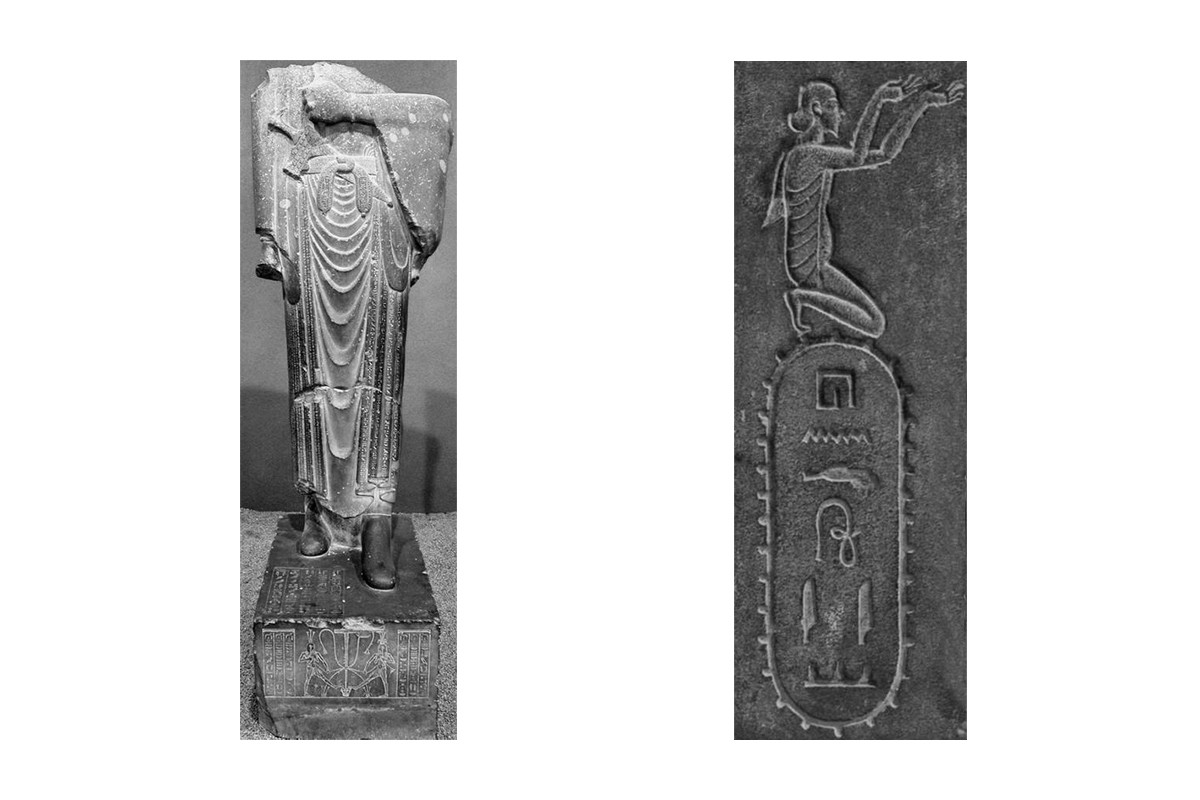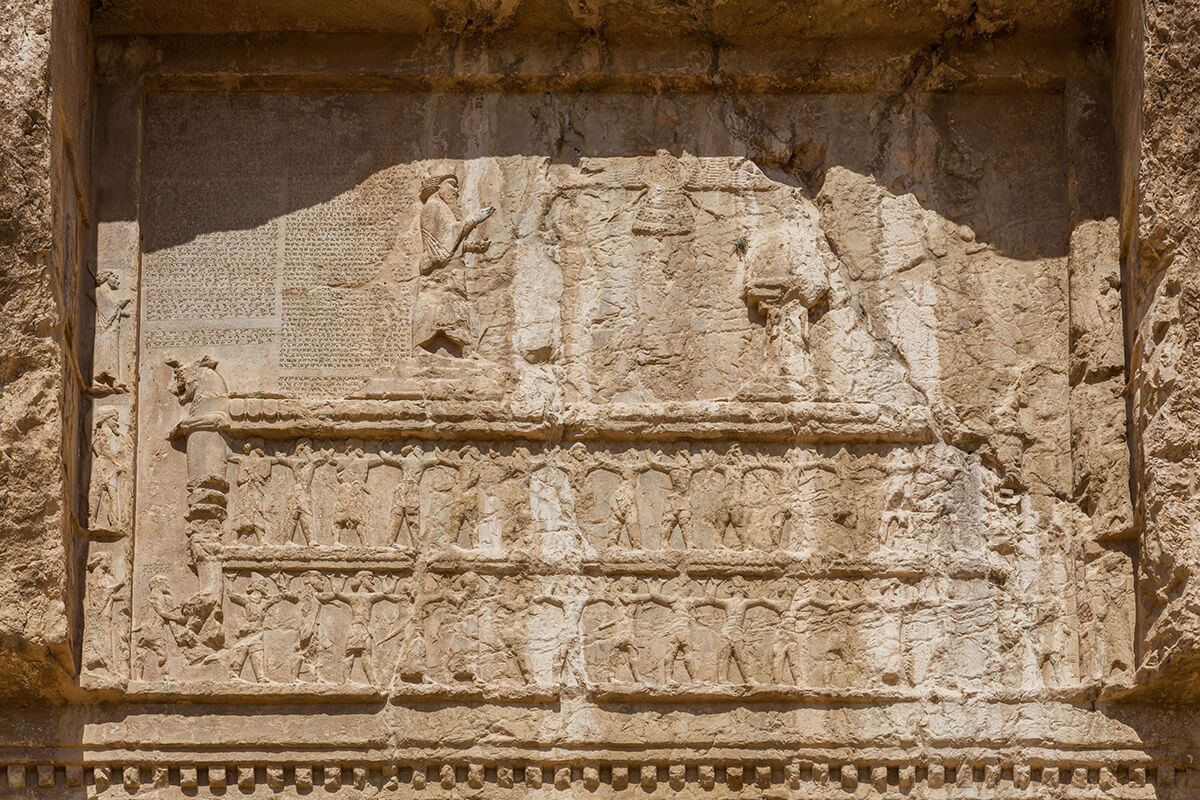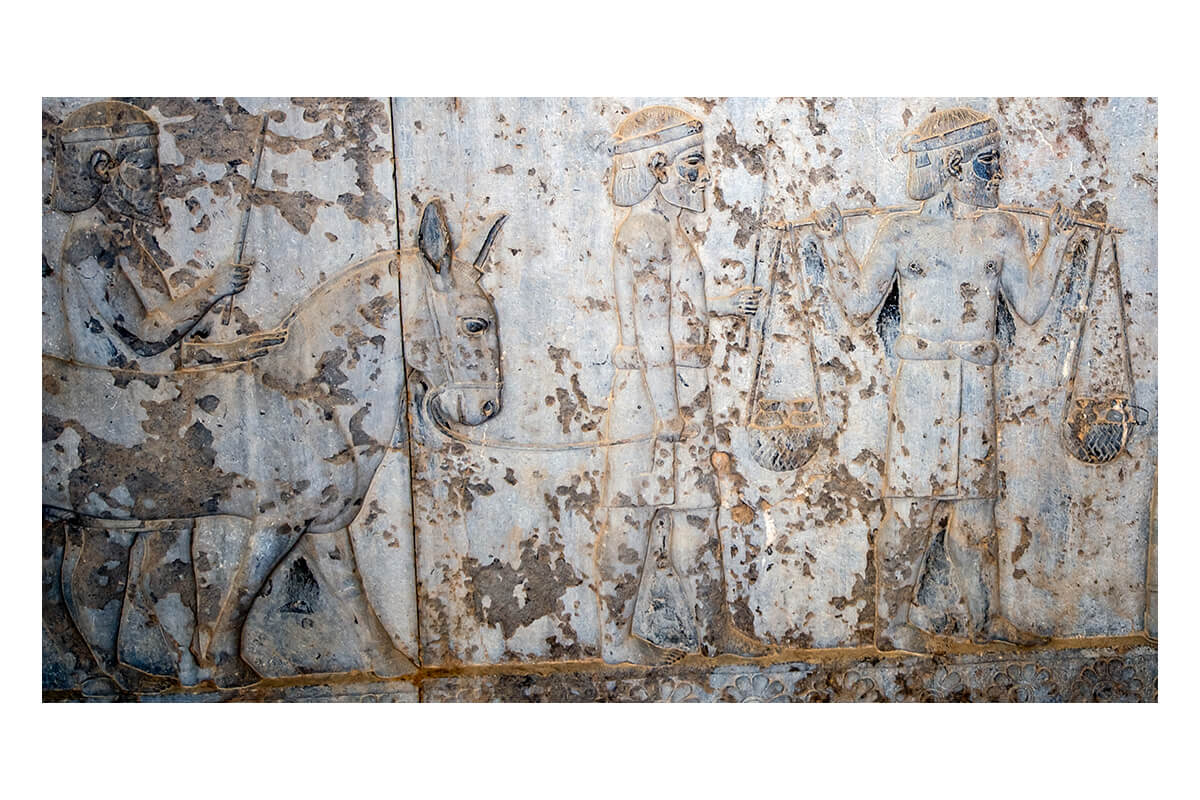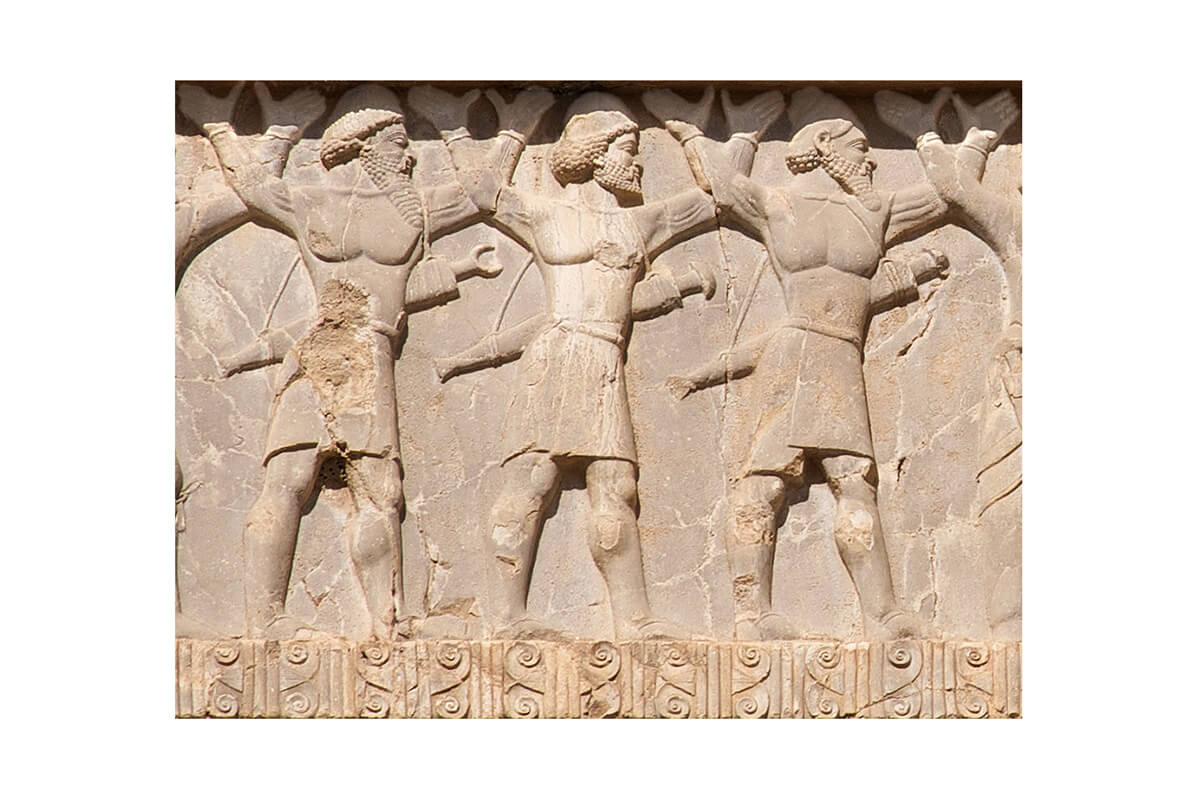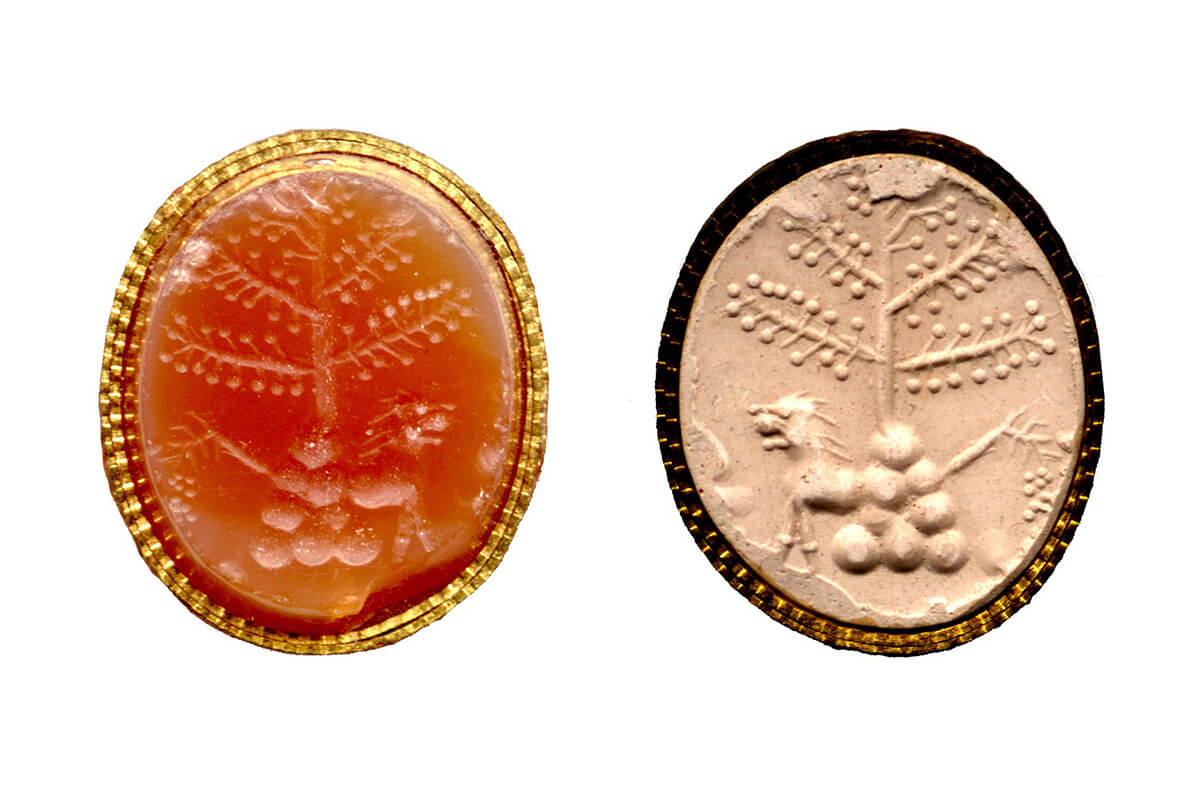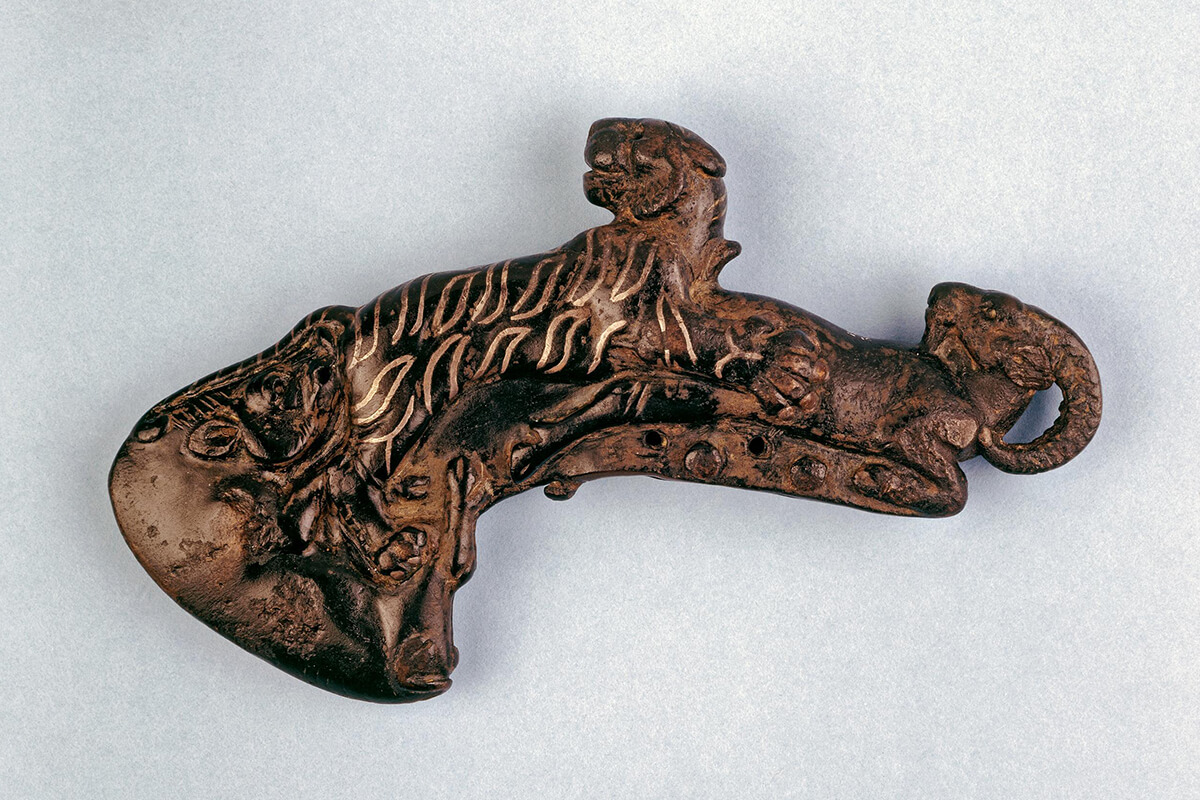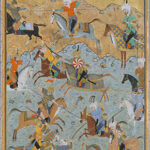The Achaemenid Empire Expands into South Asia
518 BCE
The Persian Achaemenid king Darius takes control of the Indus Valley and establishes satrapies — autonomously governed sub-divisions of the empire. This governing system will continue to be used in the region for centuries under various empires, including territories briefly ruled by Alexander III of Macedon (also known as Alexander the Great), with satraps often revolting and establishing independent kingdoms. The ensuing centuries, from the Persian conquest in the sixth century BCE to the decline of Kushan rule in the fifth century CE, will see a great degree of intermingling and exchange in this region, especially between cultures from the Mediterranean coast, the West and Central Asian hinterland, and the Gangetic Plains.
Bibliography
Harle, J. C. The Art and Architecture of the Indian Subcontinent. New Haven, CT: Yale University Press, 1994.
Tanner, Stephen. Afghanistan: A Military History from Alexander the Great to the Fall of the Taliban. Cambridge, MA: Da Capo Press, 2002.
Thapar, Romila. The Penguin History of Early India: From the Origins to AD 1300. London: Penguin Books, 2003.
Harle, J. C. The Art and Architecture of the Indian Subcontinent . New Haven: Yale University Press, 1994.
Tanner, Stephen. Afghanistan: A Military History from Alexander the Great to the Fall of the Taliban . Cambridge, MA: Da Capo Press, 2002.
Thapar, Romila. The Penguin History of Early India: From the Origins to AD 1300 . London: Penguin Books, 2002.
Feedback 
This entry appears in
Art in South Asia
Visit Timeline
Associated Timeline Events
First Published: March 11, 2024
Last Updated: July 12, 2024



